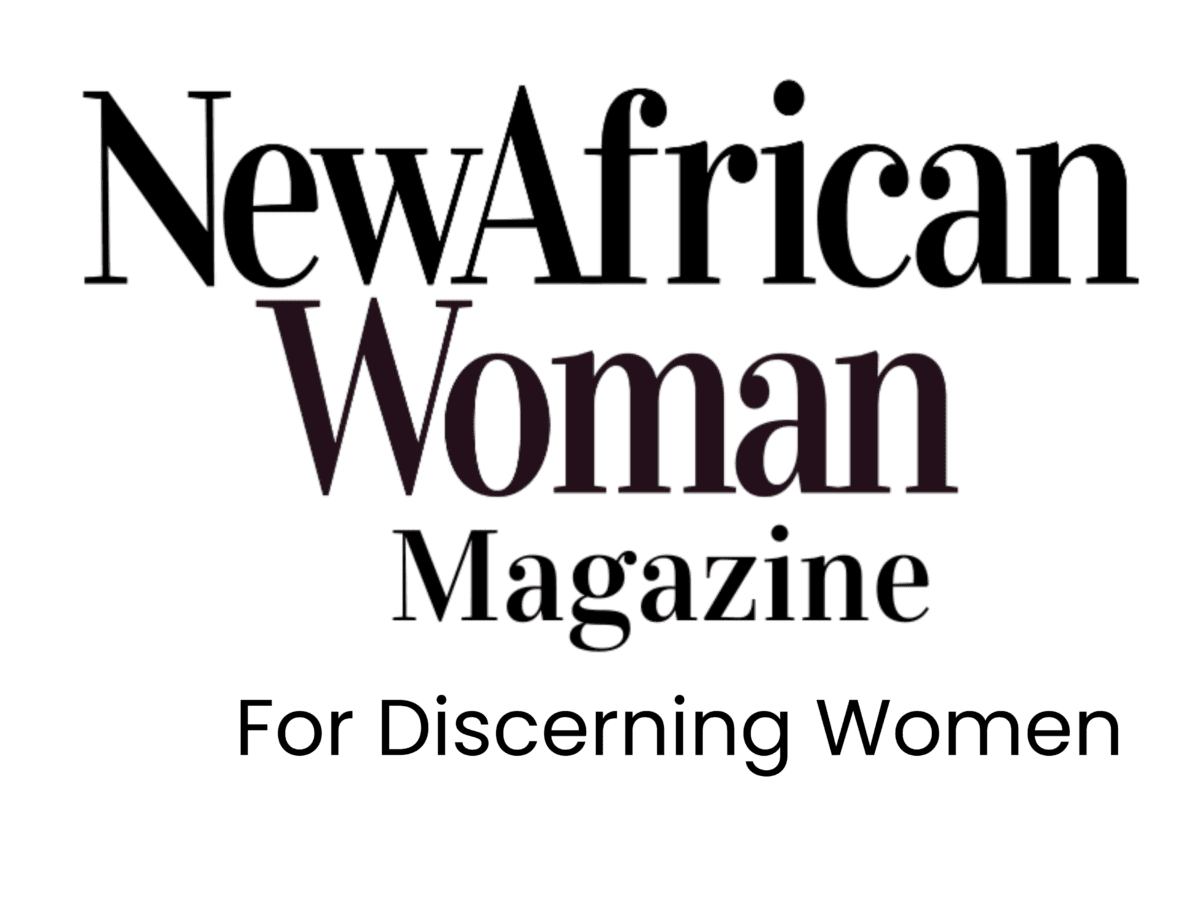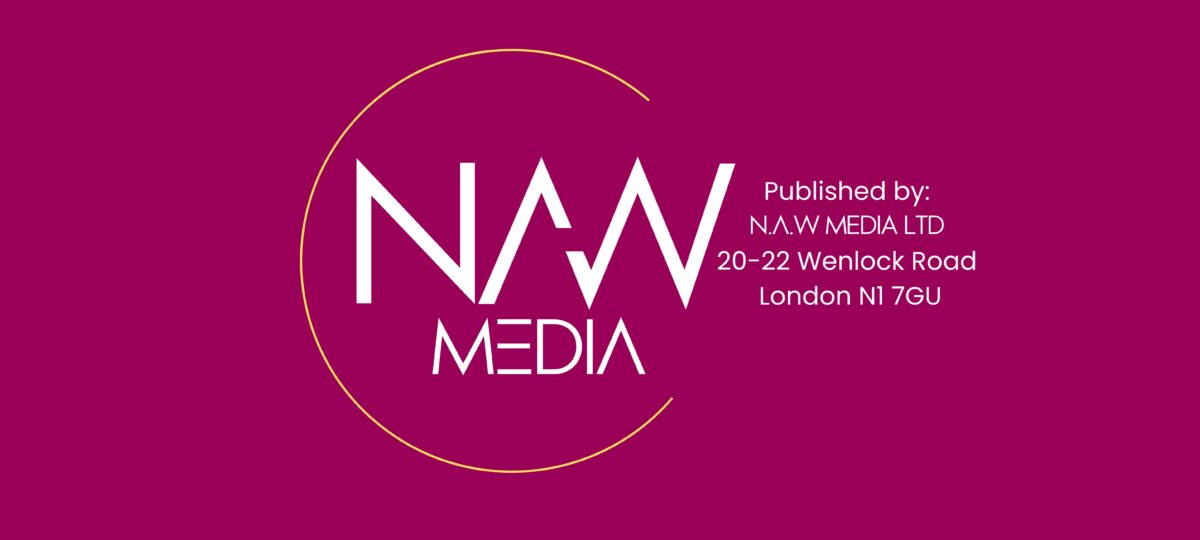FASHIONOMICS: Strengthening Africa’s creative industries

Fueled by growing appetite for African Art, the rising popularity of African music and the unstoppable march of African cinema, African fashion is no longer just a supporting act for famous global names., write AfDB’s Emanuela Gregorio.
Designers like Nigerian Adebayo Oke-Lawal and his menswear label Orange Culture, South Africa’s Laduma Ngxokolo, Ivorian Laurence Chauvin Buthaud and Ugandan fiber designer Sarah Nakisanze are now turning heads on fashion runways of the world.
At the height of colonial rule, raw cotton from Africa went into the making of textiles and fabrics exported worldwide, including Africa. The African Development Bank’s vision is one that sees an industry that stretches from Africa’s cotton fields to international retail shops. (See Video below)
The African Fashion industry is already booming and Africa’s role as both a consumer and producer of fashion is on the rise. African fabrics are inspiring more and more famous designers. It’s a sector that can both create economic benefits and become a vehicle to promote African regional integration and cultural identity.
The global textile and fashion industry is expected to double in the next 10 years, generating up to US$ 5 trillion annually. In the USA alone, US$ 284 billion are spent every year on fashion retail through the purchase of 19 billion garments. This presents a tremendous opportunity for Africa at various levels of the value chain: from design to production to marketing, the fashion industry is a profitable business. At each step of the value chain, more value is added, and additional jobs are created. Targeting the textile and fashion industry means targeting the whole value chain, from smallholder farmers to retail stores.
Big Business
Fashion is big business in Africa as well: the combined apparel and footwear market in sub-Saharan Africa is estimated to be worth US$ 31 billion.
The potential market in Africa is huge both in terms of size and value. South Africa and Nigeria currently are the continent’s top fashion markets, but other countries, such as Ethiopia and Mauritius, are on the rise. Lesotho, Kenya, Mauritius and Swaziland are the leaders in terms of textile and apparel exports.
Exports from the continent as a whole are low, as it is still a developing industry. But more production hubs are coming on stream, with Mauritius, Ethiopia and Ghana leading the way. Mauritius alone accounts for 66% of African textile and clothing imports to South Africa. Mozambique, Angola and Ethiopia are also seeing an increase in African textile factories. Ethiopia attracted foreign direct investments of US$ 1.2 billion in the first 6 months of the 2016/2017 fiscal year – half of which were in the textile and clothing sector.
Adding value
There is an urgent need for Africa to rapidly industrialize and add value to everything that it produces, instead of exporting raw materials susceptible to global price volatilities. This industry is dominated by micro, small and medium enterprises (MSMEs) and holds the potential to create decent jobs – skilled and unskilled – for millions of Africans, especially women and youth across the continent. New Information and Communication Technologies such as e-commerce, will be key to support this growth and tap into global and regional value chains.
Yet, while the potential is huge, African countries face different challenges: weak business environments, scarcity of skilled and unskilled workers, high cost of production, insufficient infrastructure and production capacity, lack of clear national policies on textile and apparel, lack of a clear strategy to promote local designers to enter the domestic, regional and international markets and so on.
Moreover, there is a recognized gap in data and this gap needs to be filled by more analytical work that would ultimately allow evidence-based policy-making and promote a better understanding of the roles and responsibilities of the various actors, such as governments, local private sector, development partners and foreign investors.
The good news is that African textile and clothing entrepreneurs have begun to gain global recognition as they pioneer strategies to market and brand fashion concepts grounded in cultural heritage – the “African brand”. African designs are no longer perceived as a “traditional”, ethnic or original input to new collections, but have instead evolved into a rapidly developing industry within and outside Africa.
Fashionomics
In order to develop the African textile and garment industry there is the need to fully valorize local content and workmanship while embracing industrialization. This is why the African Development Bank launched the Fashionomics Africa initiative.
Through Fashionomics Africa, the Bank plans to raise the profile of the African textile and fashion industry on the international stage. The goal is to connect and strengthen each link in the chain, from producers and suppliers of primary materials, to manufacturers and distributors, and of course, investors. The sector must be developed to open up its potential for revenue and job creation, especially for women and youth.
The intention is to encourage African textile and fashion entrepreneurs and small businesses to source and produce locally with African artisans and stimulate job creation on the continent by focusing on sustainability.
In 2017, the African Development Bank launched the Fashionomics Africa Masterclasses in Addis Ababa, Lagos, and Johannesburg in collaboration with partners such as Google Africa, Tony Elumelu Foundation, Parsons School of Fashion, Nesta, Hub of Africa, Lagos Fashion and Design Week and Africa Fashion International. The Masterclasses are intended to give a better grasp of establishing and building a fashion brand — from idea to execution — focusing on capacity building on business plan development, branding, marketing, and networking, as well as fostering market linkages and providing greater understanding of the challenges and opportunities African fashion entrepreneurs encounter in running a fashion business and sharing of best practices and international standards.
Starting from 2019, the Bank will implement a two-year plan, moving from the prototype phase to the Fashionomics Africa digital marketplace and mobile app. A pilot phase will start in five African countries — Côte d’Ivoire, Ethiopia, Nigeria, South Africa and Kenya. The platform aims to increase access to markets and market intelligence, facilitate access to finance, provide mentorship and networking opportunities and develop skills and qualifications for African fashion entrepreneurs.










